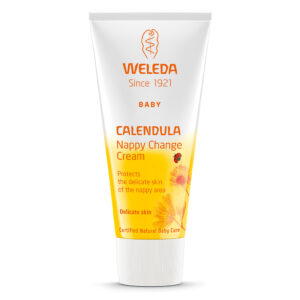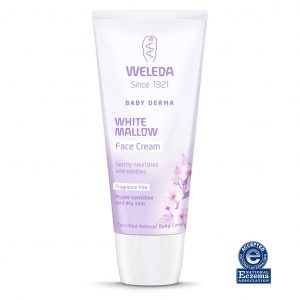Almond
Lends the skin protection and restores its natural beauty
A feast for the eye
A sumptuous sea of flowers in white and pink – the annual blossoming of almond trees is a real feast for the eye. For over 4,000 years, people have been cultivating this graceful tree with its precious stone fruits. It feels particularly at home in the Mediterranean, in California, but also in East and Central Asia. The nature of the almond is shown in a harmonious relationship between the healthy, all-protecting shell on the outside, protecting a robust kernel, rich in oil and nutrients, on the inside.
Full of healthy ingredients
The almond is full of minerals and vitamins. It provides unsaturated fatty acids, high quality protein and on top of that, tastes delicious. So it is probably no surprise that the almond scores high in skin care. Nowadays, our largest sensory organ, the skin, is exposed to all sorts of hardships: environmental influences, stress and an unbalanced diet among them. That’s why it can become sensitive, dry and irritated. Almond oil is one of the most valuable skin care oils for helping to soothe irritated skin, enveloping it with a protective layer.
As the oil from the almond is similar in structure to the outer lipid layers of the skin, the skin can absorb its ingredients very well. The very high content of unsaturated fatty acids is not only healthy for the heart and brain but also strengthens the hydro-lipid mantle of the skin and protects it from water loss. The vitamin E in the almond is a known antioxidant that fights free radicals and thus counteracts the ageing process of our skin. Irritated skin is well protected and can recover and find its way back to natural beauty.




















